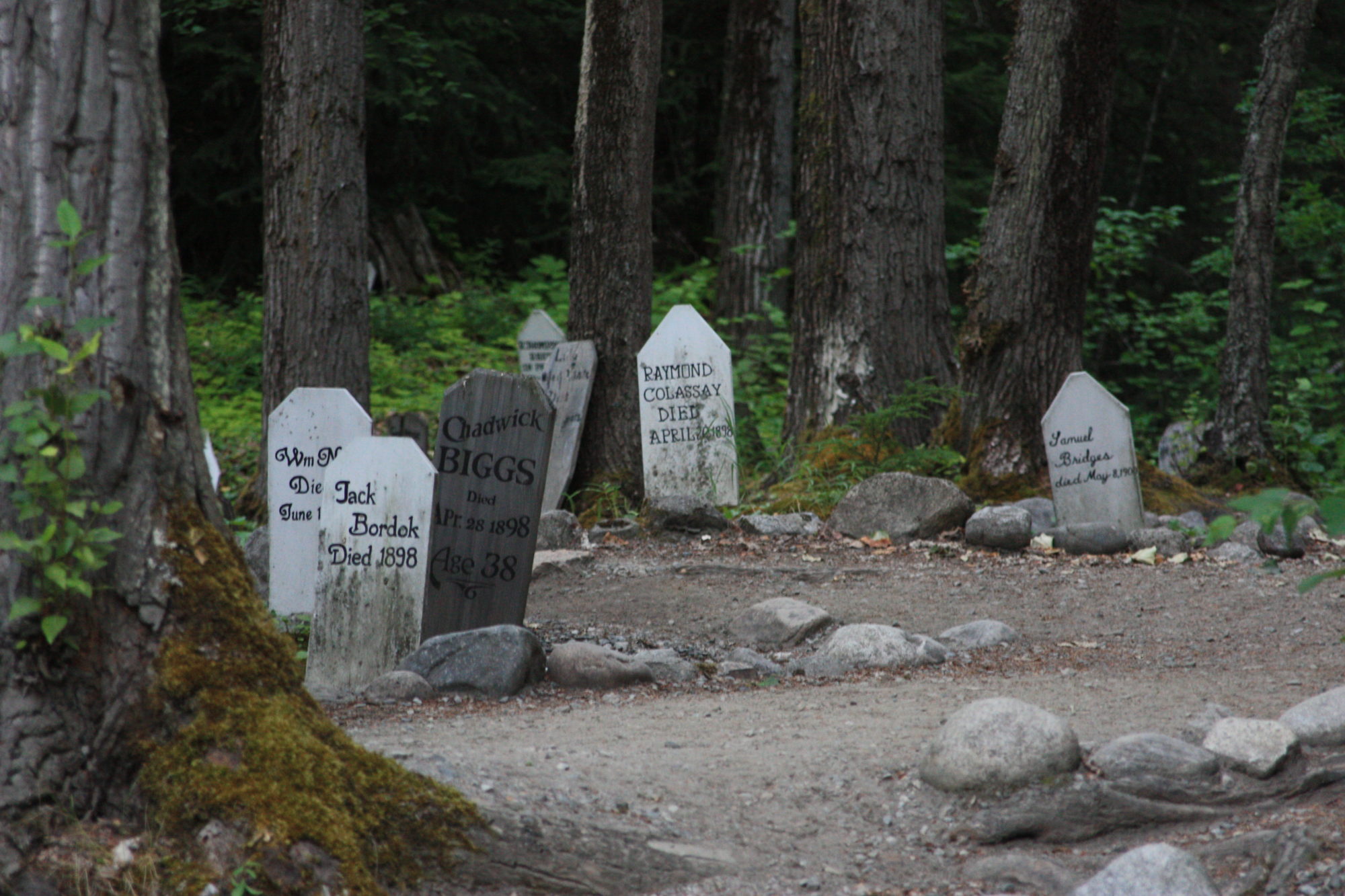
Thomas McInnes was a son of Dr. T R. McInnes, a Senator, and subsequently Lieutenant-Governor of British Columbia.
Tom was born at Dresden, Ontario, October 29th, 1867. He graduated in 1889 from the University of Toronto. In December 1868, he married and shortly afterwards registered as a student-at-law. He was called to the Bar, in 1893.
In 1896-7 Tom McInnes was Secretary of the Behring Sea Claims Commission. But in August of 1897 until sometime in 1898 he was a member of the Yukon special police and customs force at Skagway. I have read that the Mounties in Skagway were dressed at first and then later not in uniform because it offended locals. (Z.T. Wood, another NWMP stationed in Skagway stated that he once hit the floor of his office when shots were flying in the street, so apparently they did have an office here also.)
In 1898-1900, the ever-natty McInnes was private secretary to his father, the Lieutenant-Governor of British Columbia. In 1907, he officiated as secretary of the British Columbia Salmon Fisheries Commission. McInnes died in 1951 in Vancouver, B.C.
McInnes was a poet in the manner of Robert Service. He wrote three volumes of poems: Rhymes of a Rounder, Lonesome Bar and Amber Lands between 1909 and 1913. Here are four lines from “Damozel of Doom”:
” My soul!–a skeleton!–
A rattling little thing,
Twined itself about me
As close as it could cling!”
Minter page 134; Skagway Museum Record.
for more of his corny poetry go to:
http://digital.library.upenn.edu/women/garvin/poets/mcinnes.html








